EDITORIAL: The country is fast approaching a point of no return. If the economy is forced upon a default on its external debt, the repercussions could be much worse. There is no doubt that the country is falling into a debt trap —with or without the International Monetary Fund (IMF) — although the debt-to-GDP ratio is around 80 percent and only 40 percent of that debt is external.
However, by not opting for the IMF route, the economic and social pains could be of acute and chronic nature: acute in terms of months of shortages of fuel, food and other essentials, and chronic in terms of shrinking GDP and downward adjustment of lifestyle across consumers together with widespread bankruptcies of businesses.
The economy may take a long time to recover and that depressed period could run for years. Indeed, it’s a scary thought, a nightmare, which could be a reality of the day. Already, the time is lost. Pakistan did its last debt restructuring in the late 1990s. Incidentally, Ishaq Dar (the incumbent finance minister) was at the helm. A couple of years later, the country got a lucky break and dollars came down to us like manna from heaven in the aftermath of 9/11.
Moreover, the peak of the global financial boom (prior to 2008) helped the then government take the economy out of storm and put it on a growth path over the next 2 to 3 years. Thereafter, the dollar was used to fuel domestic consumption while exports and productivity were on a secular decline. It took 25 years to take the economy back to a similar pre-debt restructuring phase of the late 1990s.
This time, however, the global financial crisis is much worse. The world is likely to be in recession, and there is immense pressure of growing debt in many emerging as well as developed economies. The world is gradually moving away from globalisation. In other words, it’s increasingly difficult to ensure strong dollar inflows into a country like Pakistan. The economic dividends from wars in Afghanistan have long dried up.
Pakistan may not be lucky again. Yet, those in power — directly and from behind the scenes — are living in the past, i.e., in the 1990s. The world has changed and the country’s policymaking needs to change as well. But for that the first step is to avert the fast approaching forced default. For that, the need is to go back to the IMF and conclude the current programme in order to successfully avert forced default. After that, go to a new IMF programme, which is supposed to be bigger and longer and debt restructuring or debt re-profiling can become a part of it.
The question is what will be required to go back to the IMF? There are four conditions. These include exchange rate market, fiscal deficit reduction through taxes and petroleum levy, power circular debt reduction through hike in power tariffs and firm commitments from friends on bridging the external financing gap. Their commitments are already in place.
The fear that rupee could be in a free fall if left on its own is misplaced. The finance minister is of the view that the growing gap between the interbank and open market is due to smuggling of goods and foreign currency to Afghanistan. Yes, there is a case of reduction in net inflows (now perhaps net outflows) to Afghanistan in the open market.
Actually, the pressure stems from the Peshawar market, although it’s not a phenomenon of the last few months. The truth is that ever since the Taliban returned to power in Afghanistan in August 2021, Pakistani rupee is under pressure as, instead of supply of dollars coming from open market (from Afghanistan), there is net demand of dollar from Afghanistan as the forex reserves of Kabul were frozen and the stream of dollar inflows from the US to this landlocked country dried up.
That has kept the PKR-USD parity under pressure in the interbank market. PKR-USD parity averaged at 160 in July 2021 and moved to 231 in September 2022. However, the widening gap between the interbank and open market rates lately is due to a growing demand for hoarding and informal imports as formal imports are being constrained due to fast-depleting foreign exchange reserves. This gap will not bridge until the fears of economic default and a free fall of PKR subside.
And that can only happen by going back to the IMF without any further loss of time. Initiating work on fiscal deficit and circular debt reduction conditions would signal that the government is going back to the IMF willingly and obligingly.
This would surely entice hoarders into converting USD (or other foreign currencies) to PKR. Concurrently, the interbank rate will be left on its own with SBP’s stated policy of curbing volatility with the result that the PKR, for a while, would continue to lose one rupee to two rupees against USD every day, whereas the PKR would appreciate in the open market as hoarders would sell. As seen on some previous occasions, exporters will now begin selling what they are holding back in anticipation of currency depreciation.
This would also help arrest the decline of home remittances by steering their flows via formal banking channels as informal hundi/hawala may lose some of its traditional charm. Currency dealers are of the view that PKR-USD parity in both markets may converge to somewhere close to Rs 240. However, without going to the IMF, the anxiety is only going to grow.
And it would be hard to rein in currency and other markets. The stock market, for example, fell significantly in the last week. The market capitalisation in USD is now down to one-fourth from what it was only a few years back. The current slide is required to be arrested immediately. There’s only one solution: the IMF.
Copyright Business Recorder, 2023















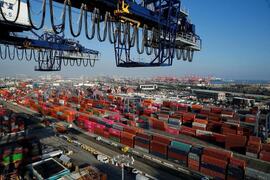
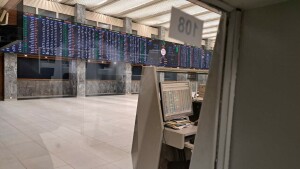

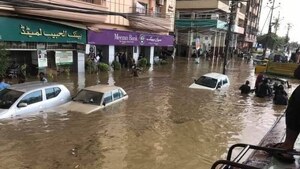

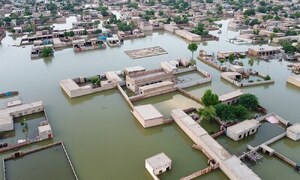


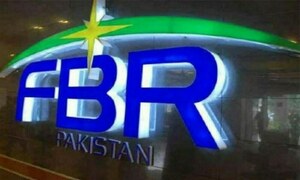
Comments
Comments are closed.